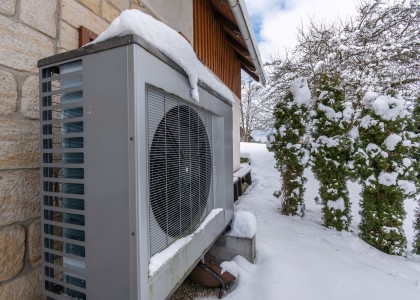The current U.S. Congress has been working on energy and climate legislation steadily since being sworn into office in January, 2009. In June, 2009, the House of Representatives passed an energy and climate bill entitled the American Clean Energy Security Act (ACES). This bill included a cap-and-trade program on greenhouse gas emissions in most sectors of the U.S. economy and many significant energy efficiency provisions. ACEEE has previously analyzed the energy savings and economic impacts of this bill.
On May 12, 2010, after months of deliberation, Senators Kerry (D-MA) and Lieberman (I-CT), with input from Senator Graham (R-SC), introduced a discussion draft of comprehensive climate change legislation called the American Power Act of 2010 (APA). This bill contains a cap-and-trade program on greenhouse gas emissions by utilities and large industrial emitters, a carbon fee on transportation fuels, and a modest allocation of funds to energy efficiency. It was designed to be combined with energy legislation developed by the Senate Energy and Natural Resources Committee called the American Clean Energy Leadership Act (ACELA). ACELA, which includes a number of key building and industrial energy efficiency provisions, was passed by the Senate Energy and Natural Resources Committee in June, 2009 and amended in May, 2010 to include additional energy efficiency provisions.
In contrast to the House-passed ACES bill, APA includes much less investment in energy efficiency. And relative to the energy efficiency provisions in ACES, the Senate Energy Committee ACELA bill includes somewhat more limited energy efficiency provisions. As a result, the combination of APA and ACELA achieves less energy savings than ACES and increases the cost of meeting the greenhouse gas emissions targets in both bills. APA does include more provisions for energy efficiency in transportation and industry than did ACES, representing opportunities for enhancements that, when combined with some of the provisions from the House-passed bill, could achieve even greater savings with significant benefits to average Americans.
This report analyzes the impacts of APA and ACELA on energy use, greenhouse gas emissions, and the U.S. economy. We examine the two together because APA is highly unlikely to be enacted on its own and is more likely to be enacted in combination with ACELA. Also, by examining the two together, we can better compare our results to our previous analysis of the House ACES bill. In addition to examining APA+ACELA, we also examined two scenarios with stronger energy efficiency provisions. We did this because our previous analyses show that energy efficiency helps moderate the cost of climate legislation, a key consideration in order for any legislation to be enacted into law.





